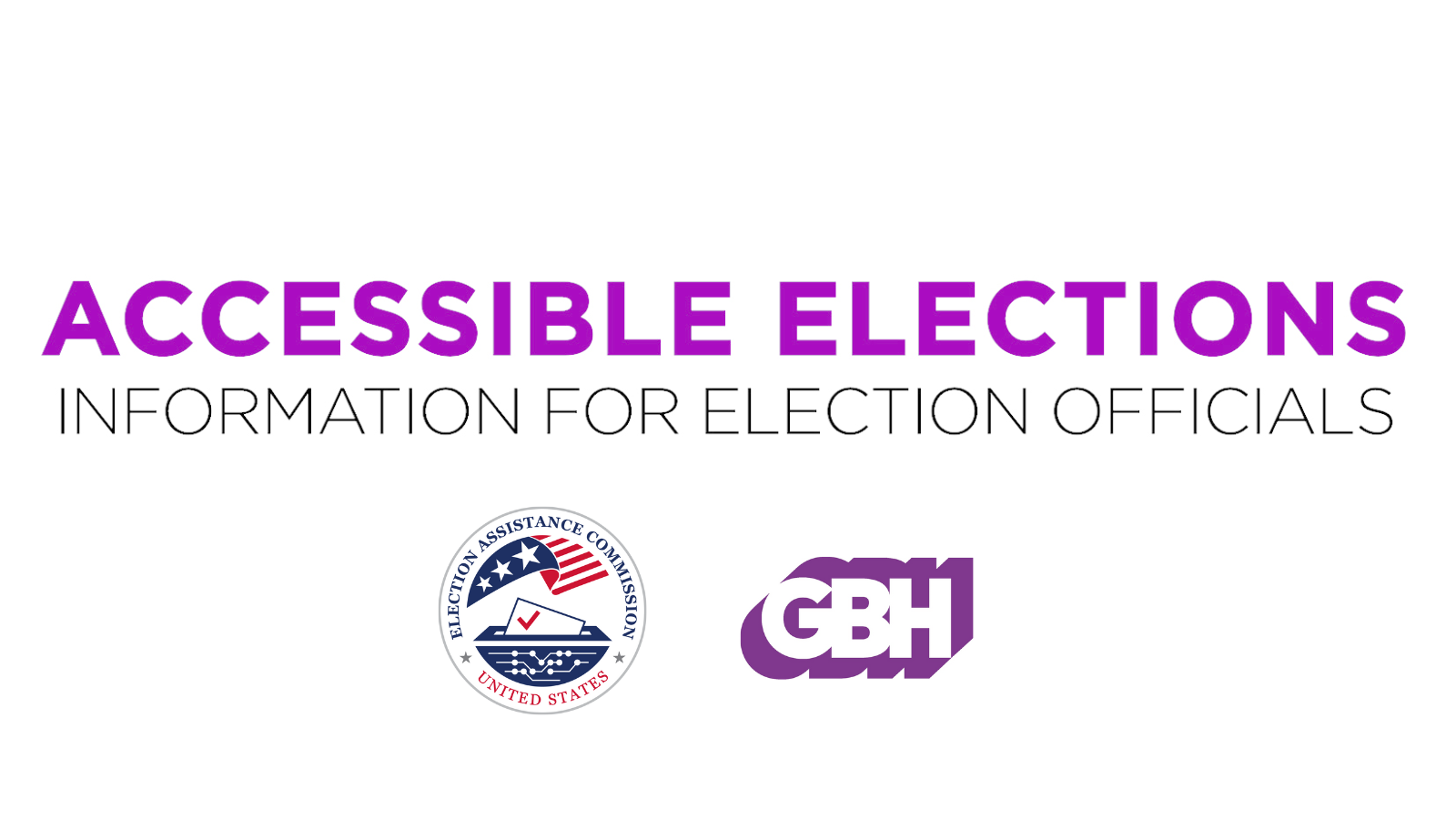The U.S. Election Assistance Commission (EAC), in partnership with the Carl and Ruth Shapiro Family National Center for Accessible Media at GBH (NCAM), released an innovative video training series for election officials, poll workers, and other election stakeholders on making voting more accessible to the 38.3 million eligible voters with disabilities.
The series’ lessons incorporate not only physical accessibility, such as creating accessible polling places, but also promote ways election administrators can create accessible websites, social media, other electronic communications, and forums. The series’ broadly applicable guidance adheres to accessibility laws nationwide.
The first video, “Understanding Disability,” explains the concepts involved with disability and why various accessibility options at polling places are essential to those voters.
The second video, “Interacting with People with Disabilities… and Everyone,” explains how to speak and interact with people with disabilities throughout the election process, and how they communicate and navigate physical spaces.
The third video, “Assistive Technology,” explains what assistive technology is, the wide-ranging types of available tools, election-related uses for assistive technology, and the basic functions of common assistive technology.
The fourth video, “Basic Considerations for Website Accessibility,” explains what makes a website accessible to voters, and legal guidelines and regulations.
The fifth video, “Accessible Social Media,” explains how to communicate with voters accessibly on certain social media posts.
The sixth video, “Digital Accessibility,” explains what can make a document, file, or electronic communication accessible and inaccessible.
The seventh video, “Making Voter-Related Videos and Forums Accessible to All,” explains the accessibility of common video players and video conference software, captions and audio description, and some considerations for in-person and hybrid events.
The eighth video, “Physical Considerations in the Polling Place,” explains the basic requirements for an accessible polling place and some recommendations to enhance accessibility.


